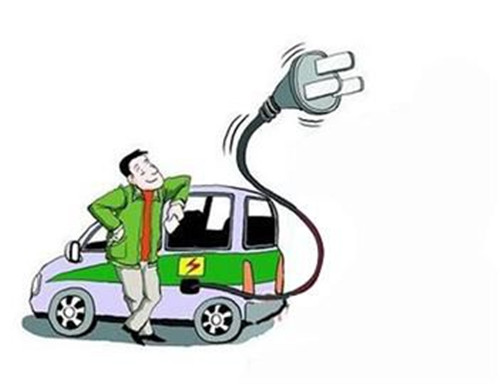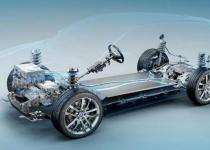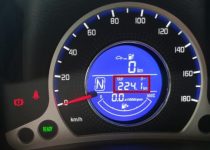How does the cost of electricity for charging an electric vehicle compare to the cost of gasoline for an ICE vehicle?

The cost of electricity for charging an electric vehicle (EV) typically tends to be lower than the cost of gasoline for an internal combustion engine (ICE) vehicle, but the exact comparison depends on several factors such as local electricity and gasoline prices, the efficiency of the vehicle, and driving habits.
To make a comparison between the costs, you can calculate the cost per mile for both types of vehicles:
- For an EV, determine the cost per kilowatt-hour (kWh) of electricity in your area. This information can usually be found on your utility bill or by contacting your local utility company. Then, find out the efficiency of the EV in terms of miles per kWh or Wh/mile. Using these figures, calculate the cost of driving the EV per mile.
- For an ICE vehicle, find the cost per gallon of gasoline in your area and determine the fuel efficiency of the vehicle in miles per gallon (MPG). Divide the cost per gallon by the miles per gallon to get the cost per mile for the ICE vehicle.
In general, electricity prices tend to be more stable than gasoline prices, which can be subject to fluctuations based on geopolitical events, natural disasters, and other factors. Additionally, charging an EV at home during off-peak hours or using solar panels can further reduce the cost of electricity, making it even more economical compared to gasoline.
It’s also worth noting that EVs typically have lower maintenance costs compared to ICE vehicles, as they have fewer moving parts and do not require oil changes, timing belts, or exhaust system maintenance. This can contribute to a lower total cost of ownership for an EV over its lifespan.
However, the actual cost comparison will vary based on individual circumstances, and it is essential to consider all factors, including vehicle purchase price, available incentives, and charging infrastructure, when making a decision between an EV and an ICE vehicle.


